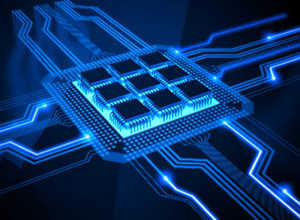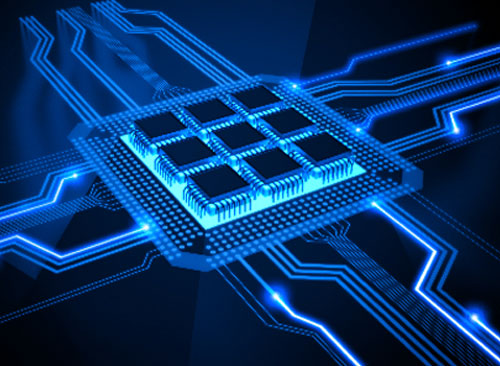 Electrical engineering is a field of engineering that generally deals with the study and application of electricity, electronics, and electromagnetism. This field first became an identifiable occupation in the latter half of the 19th century after commercialization of the electric telegraph, the telephone, and electric power distribution and use. It now covers a wide range of subfields including electronics, digital computers, power engineering, telecommunications, control systems, RF engineering, and signal processing.
Electrical engineering is a field of engineering that generally deals with the study and application of electricity, electronics, and electromagnetism. This field first became an identifiable occupation in the latter half of the 19th century after commercialization of the electric telegraph, the telephone, and electric power distribution and use. It now covers a wide range of subfields including electronics, digital computers, power engineering, telecommunications, control systems, RF engineering, and signal processing.
The demand for electrical engineering courses has been reportedly slowed down, as currently there seems to be not enough jobs available in the market for electrical engineers. However, we have to understand that job opportunities for a particular profession are affected by the economic cycle the sector undergoes.
A career choice should be made based on
- a) the aptitude of students and
- b) the maturity of the discipline.
If you like hardware aspect of computer and intrigued by voltages and currents, electrical engineering is a good choice of education. In electrical engineering, you will get to learn various common engineering courses like engineering mathematics, physics, engineering drawing and fundamentals of computing. You will also about thermodynamics, introductory electronics, signal processing and instrumentation, signals, systems and electric networks, microelectronics, control systems, communication systems, power systems, electromagnetic systems, electrical machines, and power generation techniques.
Electrical engineering is a highly established sector and the contribution of electrical engineers is going to be more in the coming years. Normally electrical engineers deal with radio-electronics, particularly anywhere electricity and magnetism, is involved. However, electrical engineers are uniquely positioned to provide technical solutions to many globally critical research challenges.
The demand for electrical engineers is going to increase in the near future, as world-class electrical engineering research is driven by the challenge of reducing electrical energy consumption. A prime example is the increasing energy consumption associated with the World Wide Web. Staggeringly, the web already consumes 5% of global electricity and it is set to double in complexity every two years. There is research demand, driven by predicted global food and water shortages caused by over population and global warming. Similarly, there is lot of multidisciplinary research for developing electric vehicles with great funding and scope all over there world.
Broad education is the new B.E – in addition to learning electrical engineering, you can focus on allied subjects like electronics, if you will. There are new ultra-niche specializations like agri-electronics which is about using electrical technology to improve farming yields and to reduce waste in the food supply chain. Know that, upon landing your first job as an electronic engineer, you are highly likely going to be asked to spend at least one or two years training and specializing, before you can choose which areas you specialize.
Another important aspect is CAD knowledge. Electrical engineering has to work extensively with CAD in circuit design. Engineers should be open to learning AutoCAD Electrical and OrCAD. Prepare yourself for a lifetime of designing, developing and constantly creating new and exciting products.




